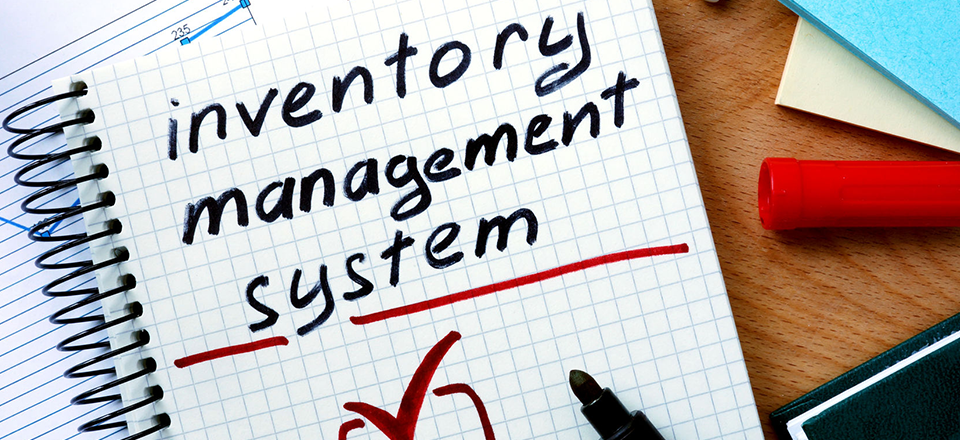If your company is graduating from spreadsheets to a dedicated inventory management (IM) platform, you are on your way to making inventory management more efficient, accurate and far less labour intensive.
How though, do you pick through the plethora of products available to small and medium businesses today? How do you make sure your chosen solution will meet the precise needs of your organisation, not only now, but into a future where change is likely to be the only constant?
You could start by reading this quick guide, which will help you choose an inventory management application that’s just right for your business. It won’t give you all the answers, but after reading it, you will know the fundamental considerations necessary for a wise purchasing decision.
Start with Budget and Price
As already mentioned in this post, there is a world of choice in inventory management software, so it’s best to start by narrowing the field of options. There is no better way to do this than to consider how much you are able to invest and what that budget will buy you.
Determining your inventory management software budget will probably not be difficult. Pricing the available options however, can be a bit more of a challenge. Start by researching some guide prices, before moving on to the next consideration—a list of essential and highly desirable functions and features.
Capability versus Simplicity: Striking the Balance
If you have completed some basic pricing research, you will have an idea of which products your company can afford, and of those, which ones offer the longest list of whistles and bells.
At this point, you should probably determine what features and capabilities are essential to generate ROI after your software is purchased and implemented.
Your needs analysis should culminate in a list of “must haves” and “nice to haves”, against which you can evaluate a shortlist of possible vendor solutions. With this list in hand, you’ll be able to narrow down your list of purchase options a little further. By researching software products which offer all the “must haves”, you will know which ones are within your budget.
Now you can focus on simplicity, by ruling out those solutions with a surplus of “nice to haves”. Remember though, that some functions and features which are merely nice to have right now, might become essentials in the near future. Consider this fact when drafting your inventory management software shortlist.
Consider Industry-specific Solutions
Depending on the industry served by your company, it might be possible to find some inventory management software solutions which closely match the needs of your organisation “out of the box,” so-to-speak.
Industry-specific applications do exist and if you can find one priced within your budget, it probably deserves a place on your software shortlist.
Inventory management software can be found for specific industries and commercial sectors such as:
- Manufacturing
- Retail
- Wholesale
- Agriculture
- Third-party logistics
This is by no means an exhaustive list, so it’s certainly worth checking with a selection of vendors to see if there’s a solution designed for your industry vertical.
Think About the Hardware
In this day and age, adding inventory tracking hardware such as RFID or barcode scanners to your solution is almost a no-brainer (although RFID can still be costly).
Before you make your final software choice then, consider if you will use an electronic form of inventory tracking and what hardware that will require. Then eliminate any potential solutions which are unable to support your proposed tracking solution. This is unlikely to narrow the field very far, but some low price-point software might be limited in terms of hardware support.
Determine Actual Prices
Hopefully by now, you will be left with just a handful of potential inventory management software applications, some of which will be at the upper end of your budget. Now is the time to ask for detailed quotes which include things like:
- Per-seat software licenses
- Technical support contracts
- User training
- Implementation support
This process will probably push one or two of your shortlisted options out of range of your budget, leaving you with even fewer options from which to choose. However, this is no bad thing, as long as you have considered the points listed in this post. Your final short list should now be manageable and include only solutions which match your operational needs very closely.
And Finally: Future-proofing and Scalability
At this point, your selection team will benefit from demonstrations of the final candidate solutions, and while you have the attention of the vendors, you should also remember to ask about scalability.
You’ll need an inventory management system that can grown with your business, as well as one with capability to meet future, as well as present needs.
Having covered the essential fundamentals of effective IM software selection, all that remains is to say “good luck with your selection” and “welcome to a new and much improved way of managing inventory in your organisation.”
